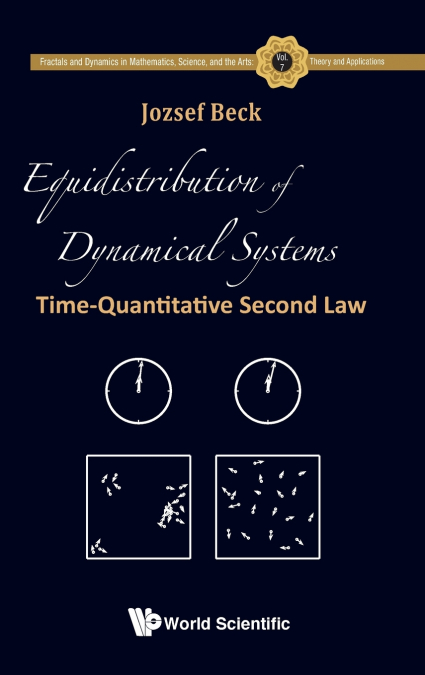
 Librería Perelló (Valencia)
Librería Perelló (Valencia)
 Librería Aciertas (Toledo)
Librería Aciertas (Toledo)
 Librería Elías (Asturias)
Librería Elías (Asturias)
 Donde los libros
Donde los libros
 El AlmaZen del Alquimista (Sevilla)
El AlmaZen del Alquimista (Sevilla)
 Librería Kolima (Madrid)
Librería Kolima (Madrid)
 Librería Proteo (Málaga)
Librería Proteo (Málaga)
We know very little about the time-evolution of many-particle dynamical systems, the subject of our book. Even the 3-body problem has no explicit solution (we cannot solve the corresponding system of differential equations, and computer simulation indicates hopelessly chaotic behaviour). For example, what can we say about the typical time evolution of a large system starting from a stage far from equilibrium? What happens in a realistic time scale? The reader’s first reaction is probably: What about the famous Second Law (of thermodynamics)?Unfortunately, there are plenty of notorious mathematical problems surrounding the Second Law. (1) How to rigorously define entropy? How to convert the well known intuitions (like 'disorder' and 'energy spreading') into precise mathematical definitions? (2) How to express the Second Law in forms of a rigorous mathematical theorem? (3) The Second Law is a 'soft' qualitative statement about entropy increase, but does not say anything about the necessary time to reach equilibrium.The object of this book is to answer questions (1)-(2)-(3). We rigorously prove a Time-Quantitative Second Law that works on a realistic time scale. As a by product, we clarify the Loschmidt-paradox and the related reversibility/irreversibility paradox.